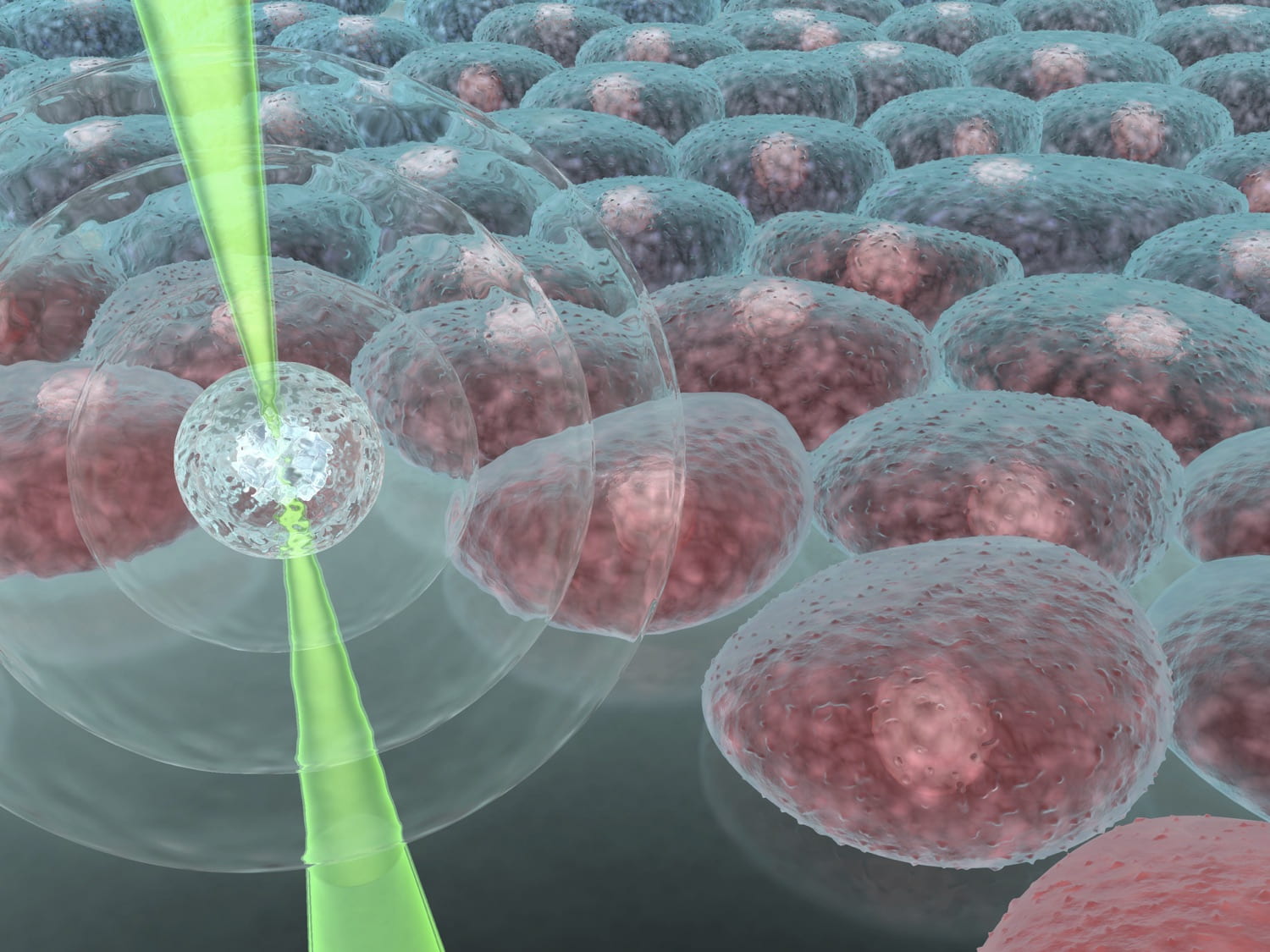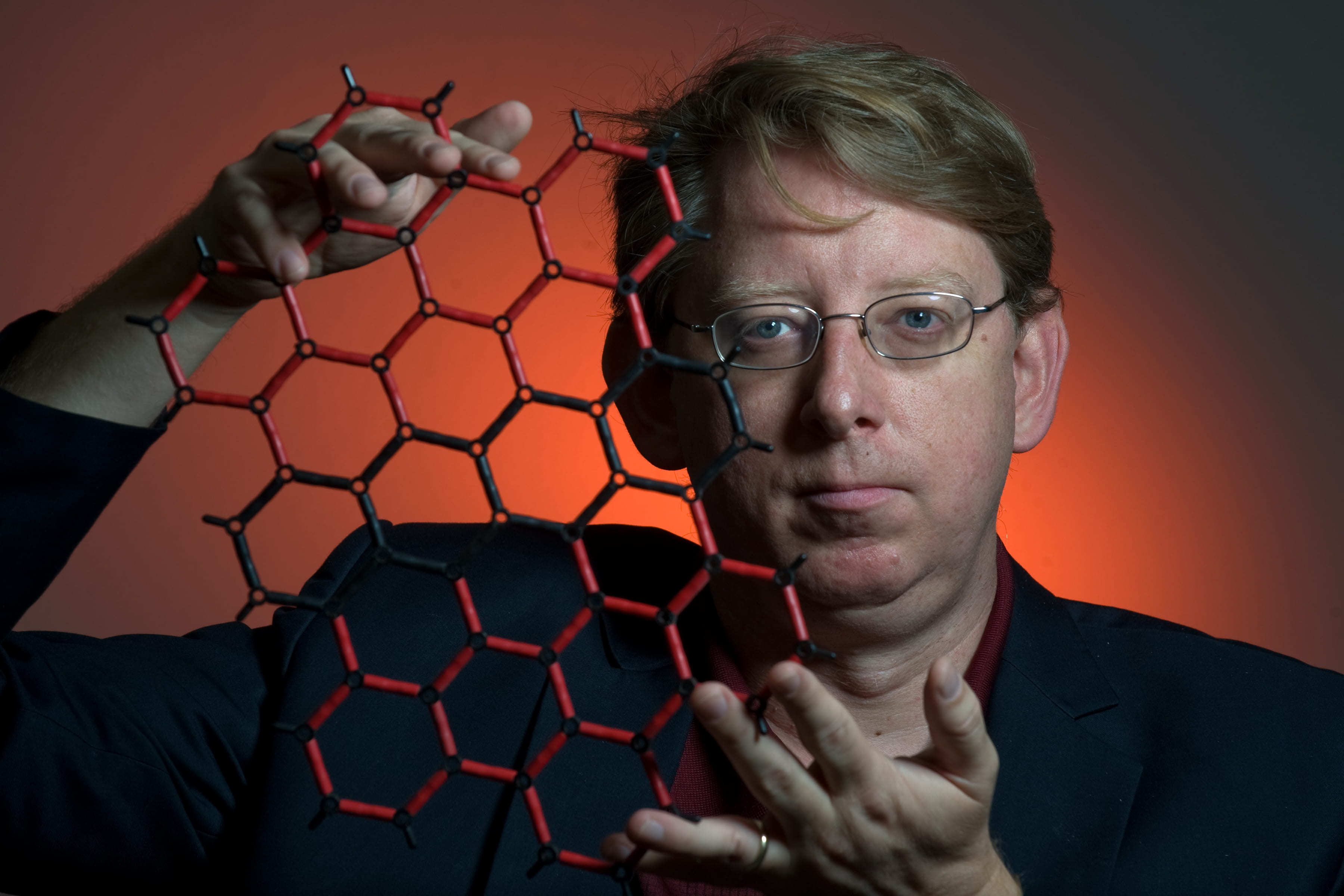UCI engineering researchers get $1.9 million grant from NIH for ‘microtsunami’ microscope

The National Institutes of Health has awarded UCI engineering researchers a four-year, $1.9 million grant for the development of a noninvasive biophotonics technology platform. The proposed new optical tool will enable scientists to investigate the role of mechanical forces in normal-tissue disease development, and it has applications for high-throughput drug screening. The collaborative, interdisciplinary project involves three researchers. Lead investigator Vasan Venugopalan, professor and chair of chemical & biomolecular engineering, has expertise in the application of pulsed-laser microbeams and interferometry in biological systems. Elliot Botvinick, associate professor of biomedical engineering, and Michelle Digman, associate professor of biomedical engineering, are experts in mechanobiology, automated microscope development and quantitative imaging of cell metabolism. “The inability of tissues to respond appropriately to their mechanical microenvironment has been implicated in chronic conditions and diseases like hypertension, pulmonary fibrosis and cancer metastasis,” Venugopalan said. “Our proposed platform promises to provide unprecedented high-throughput capabilities to measure and observe how biological tissues modify their behavior in response to mechanical cues under various conditions. This instrument will enable entirely new classes of fundamental studies as well as the screening of new therapeutic agents to treat diseases that involve a breakdown in the regulation of biological function to normal mechanical cues.” It will utilize pulsed-laser microbeam irradiation to apply impulsive stimuli to engineered cell and tissue cultures on the microscale – a process researchers are calling a “microtsunami.” The technology is being integrated with advanced laser-scanning microscopy to gauge how these systems respond to stimuli to provide real-time, 3D functional images of tissue structure, cellular morphology, signaling and cell metabolism. “We’re enormously grateful for this NIH support,” Venugopalan said. “We’ve been pursuing this line of work for many years, cobbling together seed monies from various sources, including from the engineering school. These sources enabled us to generate preliminary data and publish a breakthrough paper in Nature Photonics to provide the necessary track record to secure NIH funding.”


